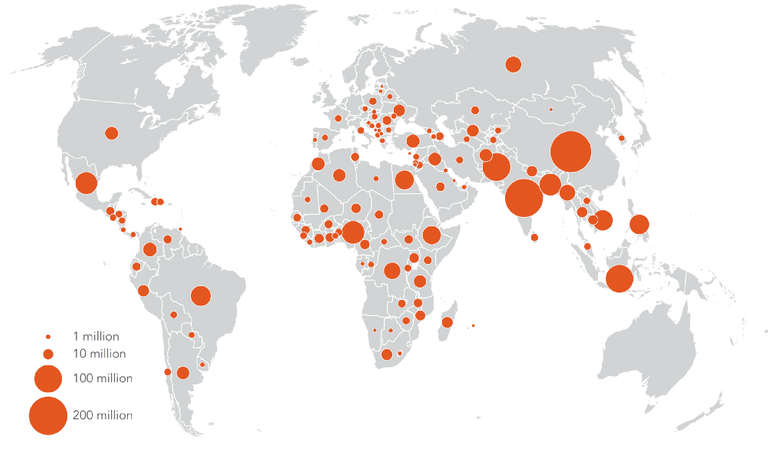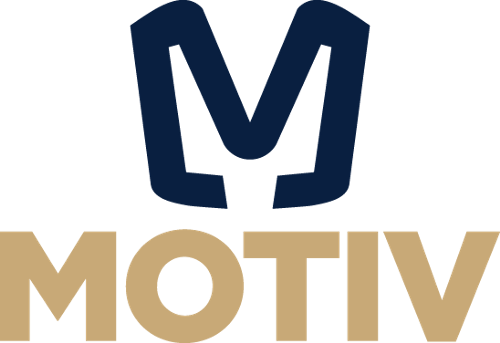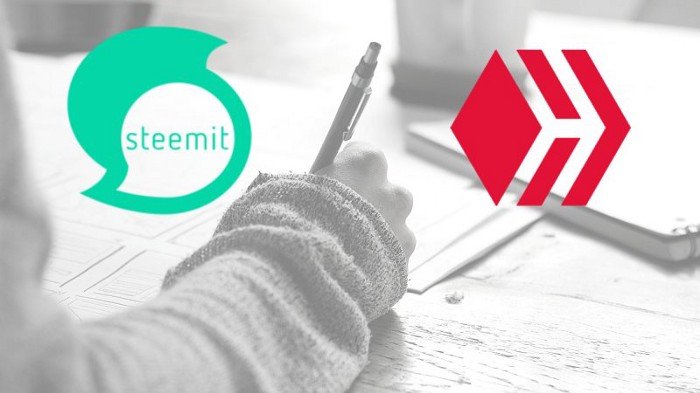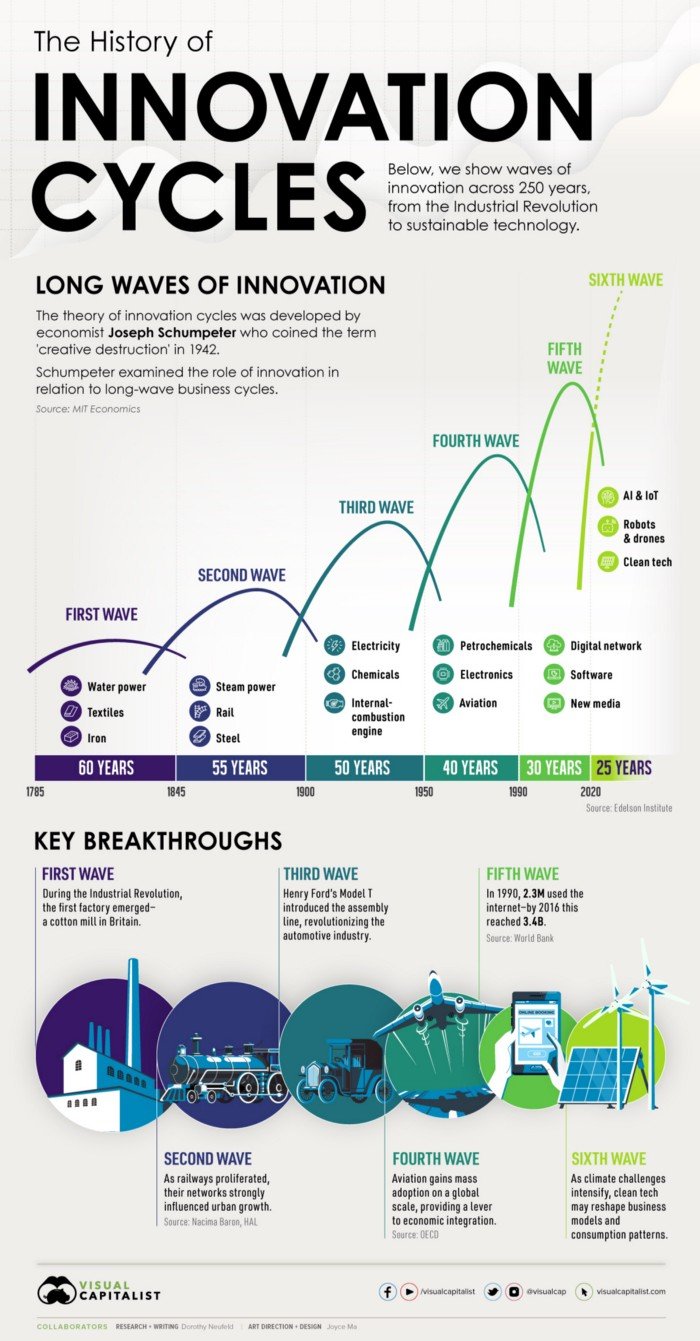Simple Real World Stories shares how blockchain technology could be part of the solution to a global financial inclusion.

“Unbanked” is an informal term for adults who do not use banks or banking institutions in any capacity.
According to Global Findex database in year 2017, it recorded approximately 1.7 billion adults remain unbanked, without an account at any financial institutions or mobile money providers. In 2014, the data shows that the unbanked adult is at 2 billion[1].

Note: Data is not displayed for economies where the share of adults without an account is 5 percent or less.
Why the need to bank the unbanked?
Financial inclusion is a key enabler to reducing poverty and boosting prosperity. — World Bank
Without an ownership to his/ her personal financial account, they may be limited with access to useful and affordable financial products and services to meet their needs, for instance transactions, payments, savings, credit and insurance. Being able to have access to a transaction account allows people to store money, send and receive payments. Further financial inclusion would allow for individual risks in wealth management, which can improve their overall quality of life.
This is not a financial or investment advice article, but an entertainment and educational platform to help you understand the potential and ease your research on blockchain.
We would cover the following methods on how the unbanked can benefit from blockchain technology.
- Empowering the underprivileged community
- Write to earn with content creation
- Play to earn with gamification in blockchain
Blockchain in banking the unbanked
Empowering the underprivileged community

In 2014, a part from the news on Bitcoin price plummeting to 300 USD per Bitcoin, in Afghanistan, a group of Afghanistani women is getting a payout in bitcoin with an average income between 250 USD and 400 USD monthly for creating content as part of the educational program for Women’s Annex Foundation now called Digital Citizen Fund.
The foundation is a non-profit co-founded by Forough and Roya Mahboob with the mission of making more women in Afghanistan digitally literate[2][3]. With only 7% of women owning a transaction account in 2017[4], it proved to be difficult to transfer income in USD via bank wires or PayPal, both of which isn’t supported there. Payments in Bitcoin would eliminate the need to open a bank account, of which would require extensive documentation. Furthermore, the pseudonymous feature of cryptocurrency wallet can further protect the user’s savings.

Additionally, you would find Motiv’s (a non-governmental organization) pay with bitcoin programme fascinating. With their mission to stabilise and improve the quality of life for the impoverished, marginalised and economically suppressed using Bitcoin, they are also providing education to the locals and merchants to navigate the Bitcoin wallet for the exchange of goods and services.
Write to earn with content creation
Content creation is not only limited to creating videos and uploading to social media pages like Facebook, Youtube, Tiktok, etc., but also consists of writing or blogging in your preferred platforms. In a non-blockchain based blogging, writers may earn from selling blogging or editorial skills, selling products on your site, becoming an affiliate marketer, hosting content from others, offering courses, and even selling your sites.

Steemit was launched in the 2016 and Hive Blog in 2020, both are blockchain-based blogging and social media websites; free to register and free to blog on. Besides those earning methods stated in the preceding paragraph, users able to create content to earn native tokens such as steem and steem dollar for Steemit, Hive and Hive Dollar for Hive Blog. The built-in digital wallets allow users to store their earnings or withdraw to fiat currency in crypto-exchanges.
The earning comes from the upvote of your created content. In order to create a steady income, you would be required to contribute valuable content for on-chain community or off-chain community (for example educational purposes), increasing your reader base and actively engaging in the Steemit/Hive Blog community.
Play to earn with gamification in blockchain

In 2020 -2021, Axie Infinity — a play-to-earn phenomenon in non-fungible token (NFT) gaming powered by Ethereum blockchain took the world by storm. Developed by Sky Mavis, a Vietnamese gaming studio, Axie Infinity isn’t a new game. It was launched three years ago.
In November 2019, Sky Mavis raised ~$1.5M to accelerate the development of Axie Infinity. The continuous success of the game with sales up 500%[5] is due to its scaling with Ronin side chain, reducing the gas fee during transactions tremendously in comparison to paying in Ether for the fee. Unlike most games, the in-game asset (Axie and smooth Love Potion ) can be converted into other cryptocurrencies, making them valuable in the outside world for transactions.
By merging gaming and finance, people could actually leverage their skills and time to earn for a living; games such as Axie Infinity made its way into Cabanatuan City in the Philippines, where over 40% of the players are originated at the time of writing this article.
Before the Covid-19 pandemic hit the country with a population of 111million people, many were already teetering on the poverty line. As reported by Bangko Sentral ng Pilipinas in 2019, 71% or 51.2million of Filipino adults are unbanked with the main reason being cited by respondents as they just didn’t have enough money[6].
For the vast majority of people here, who earns a little more than US$300 a month, a bank account is just seen as a thing with expensive fees that eats away at your balance for no good reason. — Beryl Li, Coindesk. [7]
In January 2021, we saw the internet penetration in the Philippines stood at 67.0% in January 2021 and mobile connections at 138.2%[8]. With majority of the population having access to IT services, owning a virtual wallet such as Metamask to begin their registration on Axie Infinity and earning income as they played made more sense. As reported by Cryptoday newsletter on Substack in July 2021, the average player can earn around 4,500 SLP a month. At prices at the time of writing this article, that’s around $870 and prices may vary due to market volatility.

It may cost less to play the game before the Ethereum price skyrocketed to beyond affordable for any average joe, there are Axie Scholarships available for enthused players to play and earn with no upfront fees, but the payout will be distributed between the Scholarship Manager and the player.
You may find the Axie Scholarship List & Tracker here and watch the full story for NFT Gaming in the Philippines here by Play-To-Earn.
If you missed the hype today, there’s no need for FOMO. As innovation rapidly changes over the years, keeping yourself updated with the latest news and opportunities will always be just around the corner. You may find the news in CoinMarketCap, Google news, Yahoo Finance, and even some of the Crypto Venture Capitalist websites may provide you with insights to the “next big idea” (not financial advice).


Reference
[1] World Bank (2017). The Global Findex Database 2017. Available at: Link.
[2] Macheel. T (2014): How Bitcoin Helps Afghan Girls Achieve Financial Freedom. Coindesk. Available at: Link . (Accessed on: 25 July 2021).
[3] Rome. E. How bitcoin can help bridge Afghanistan’s gender gap. Inverse. Available at: Link . (Accessed on: 25 July 2021).
[4] World Bank: Universal Financial Access 2020. Available at: Link.
[5] Hoogendom. R (2021). Axie Infinity Boosts Sales 500% Thanks to Ronin. DappRadar. Available at: Link. (Accessed on: 25 July 2021).
[6] Bangko Sentral ng Pilipinas (2019). Financial Inclusion Survey. Available at: Link. (Accessed on: 25 July 2021).
[7] Berly Li (2021). A Play-to-Earn Account Beats a Bank Account. Coindesk. Link. (Accessed on: 30 July 2021).
[8] Kemp. S (2021). Digital 2021: The Philipines. Datareportal. Available at: Link. (Accessed on: 25 July 2021).